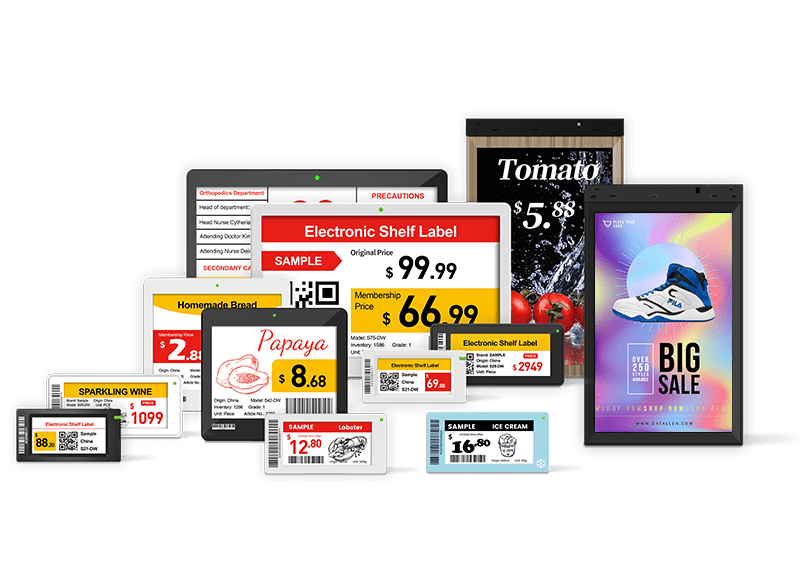Point of Sale (POS) systems have become the backbone of efficient business operations in the ever-evolving retail industry. While traditionally known for processing transactions, modern POS systems have evolved into comprehensive tools that manage everything from inventory to customer loyalty.
With the rise of digital technologies, the integration of electronic price tags has further amplified the power of POS systems, providing retailers with a seamless way to streamline pricing and inventory management while enhancing customer experiences.

The Evolution and Core Functions of POS Systems
A POS system is much more than just a cash register. At its core, it processes transactions, but its functionalities extend far beyond that. Modern POS systems manage sales, track inventory, analyze customer data, and even facilitate employee management. The system is typically made up of several key components:
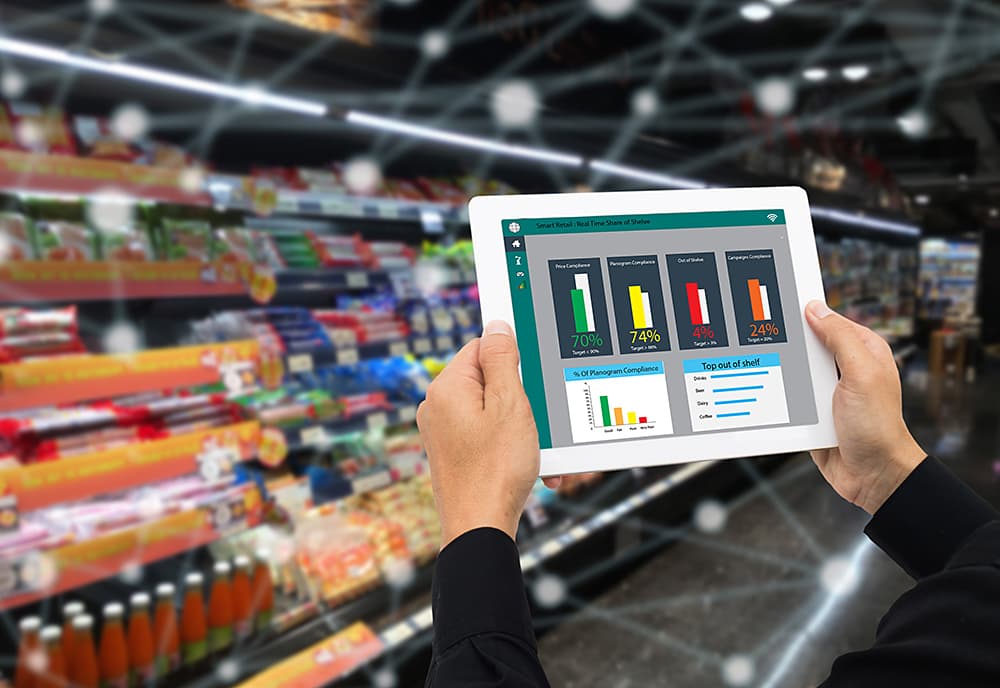
· POS Software: The heart of the system, this software processes transactions, stores data, and enables functions like sales analytics, inventory tracking, and customer loyalty programs.
· POS Hardware: This includes devices like computers, tablets, barcode scanners, and receipt printers that enable the execution of POS software. Retailers can choose hardware based on their specific needs—whether for mobility, space constraints, or other considerations.
· Payment Processors: These elements authorize payments and ensure secure transactions. They may be integrated into the POS or offered by third-party providers.
· Receipt Printers and Barcode Scanners: These devices help speed up checkout and improve inventory accuracy by reading product information quickly and efficiently.
POS systems can be legacy (on-premise) or cloud-based. While legacy systems store data locally and have higher upfront costs, cloud-based systems are more affordable, scalable, and accessible remotely. They also provide real-time data tracking, making them ideal for multi-location businesses.
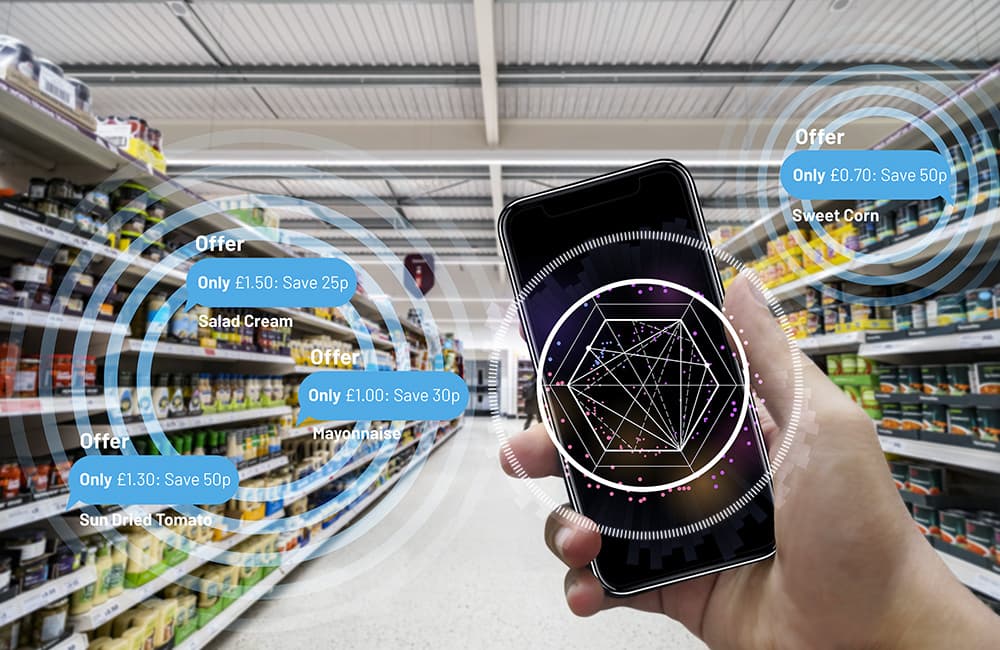
Key Features of Modern POS Systems
Today's POS systems offer an array of features designed to help retailers operate more efficiently and provide superior customer experiences:
Sales Tracking and Analytics: Retailers can analyze trends, monitor product performance, and optimize sales strategies. This data helps businesses understand customer preferences and adjust their offerings accordingly.
Inventory Management: Modern POS systems allow for real-time inventory tracking, providing retailers with up-to-date stock levels. This integration can even trigger automatic reordering when stock levels fall below a preset threshold, minimizing stockouts and excess inventory.
Customer Loyalty Programs: By tracking purchase behavior, POS systems enable retailers to offer personalized discounts and rewards, fostering long-term customer loyalty.
Employee Management: POS systems can also track employee performance and hours worked, offering a seamless way to manage human resources within the same platform.
Payment Processing: Modern systems often offer integrated payment solutions that reduce friction for customers, ensuring smooth and secure transactions.
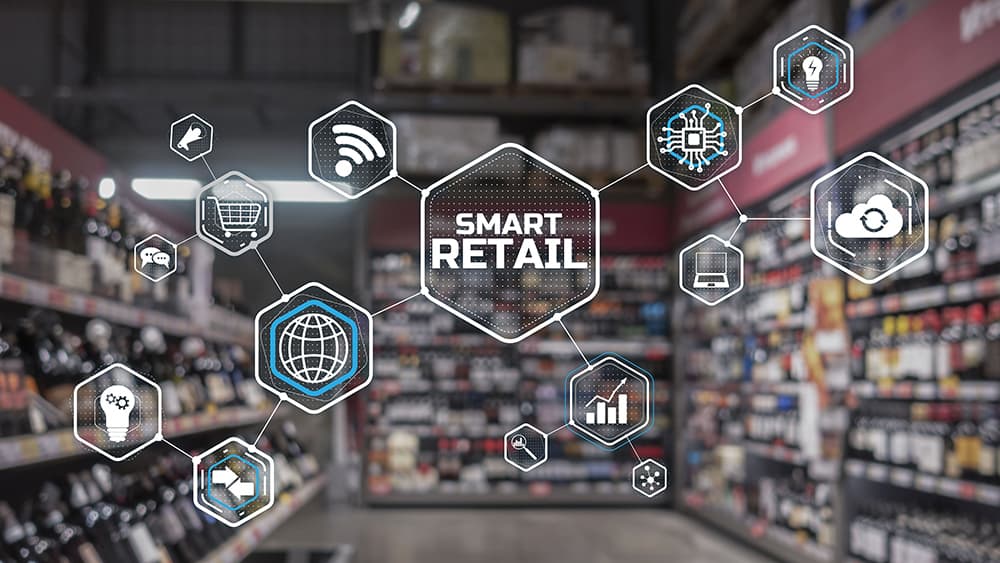
How Electronic Price Tags Integrate with POS Systems
The integration of electronic price tags (ESL) with POS systems optimizes retail pricing and inventory management. ESLs, which use e-ink paper technology, automatically update prices across the store in real-time when changes are made in the POS system. This ensures pricing consistency and eliminates manual re-labeling.
Additionally, ESLs can display real-time stock levels, helping customers make informed purchasing decisions and reducing overstock or stockout issues. This seamless communication between the POS system and ESLs streamlines operations enhances accuracy, and boosts customer satisfaction.
The Future of POS Systems and ESL Integration
As the retail sector continues to embrace digital technologies, the integration of electronic price tags with cloud-based POS systems will become increasingly essential. The growing market for electronic shelf labels, projected to grow at a CAGR of 18.3% from 2023 to 2028, reflects the trend towards digitizing pricing and inventory management.
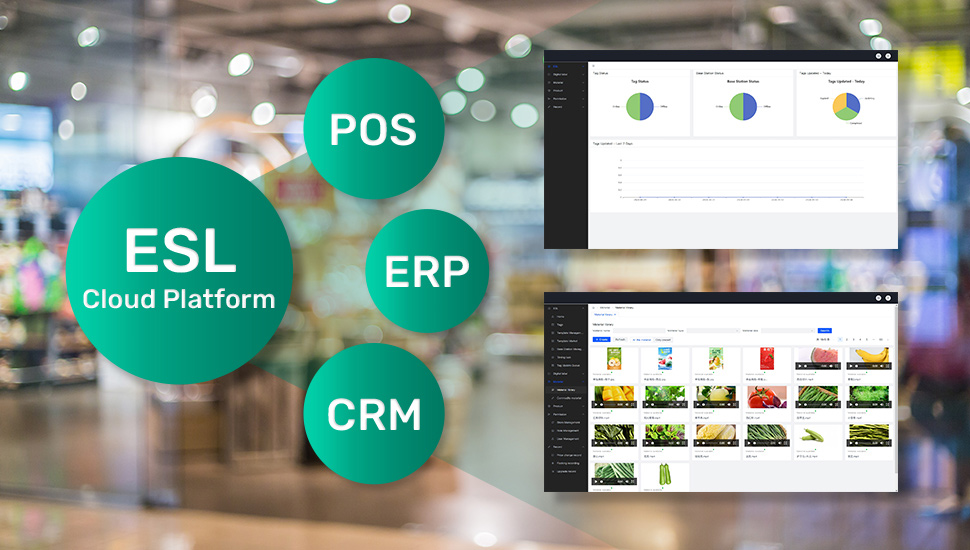
Future innovations will likely focus on smarter POS systems that can dynamically adjust prices based on real-time demand, with ESLs updating instantaneously, ensuring seamless and efficient retail experiences.
By incorporating these advanced technologies, retailers can offer an optimized, data-driven approach to pricing and inventory, positioning themselves to stay competitive in a fast-paced market.
For more insights, check out:
1. Tobacco and Liquor Store Electronic Shelf Labels
2. E Ink Price Tags in America Bakeries
3. Hisense Appliance Retail with ESL Tags
4. 5 Key Benefits of Using Electronic Shelf Tags in 3C Stores
5. 7 Key Considerations for Implementing Digital Shelf Tags in Warehouses

